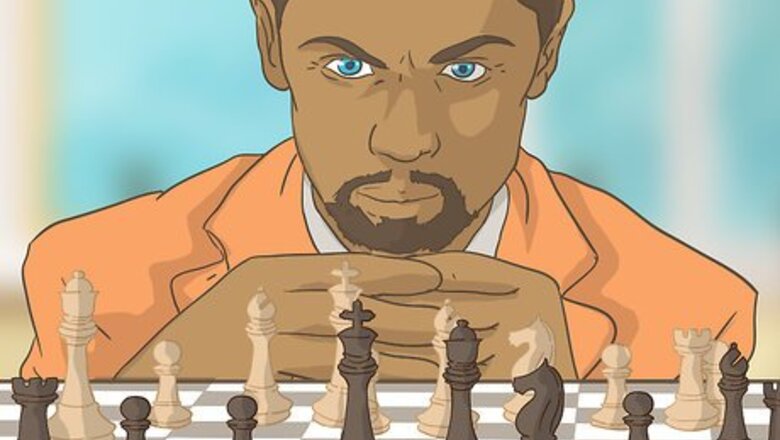
views
Improving Your Chess Skills

Learn about tactics. Tactics refer to move sequences that are designed to achieve specific advantage and capture or defend pieces. Tactics are different than strategy in that the latter refers to longer-term piece development with an endgame in mind. Learn how to identify opportunities to utilize tactics and how to execute them. Forks, also known as double attacks, involve positioning a piece so that two different opposing pieces are under attack at once and unable to counter-attack your piece. Any piece can fork but the knight is particularly useful for forking because it is the only piece that can attack while wedged between horizontal, vertical, and diagonal lanes. Discovered attacks involve using one offensive piece to cover another. For example, if a queen has a diagonal line on a rook but is covered by your knight, you can move the knight out of the way and create an attack opportunity for your queen. Your opponent may not pay attention to a covered piece and thus put their key pieces at risk. Pinning involves placing one piece on a line of attack against the king with another opposing piece in the way. The opposing piece cannot move without exposing the king and must be sacrificed. For example, by placing a bishop diagonal to a king with a knight in the way, your opponent will be forced to sacrifice the knight.
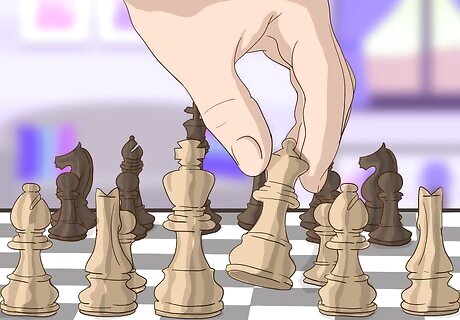
Develop your knowledge of strategies. Once you reach advanced-level play, you will need to start each match with a core strategy in mind. Core strategies concern general attempts to control portions of the board that will set you up for effective endgame tactics later on. You should also learn about more specific strategies like the Nimzo Defense and the Sicilian Defense which will provide more precise directions for how to move early on in the match. Even if you don’t use these precise strategies, you should learn about them so you can recognize their use by your opponents. Spacing strategies refer to attempts to obtain the largest amount of board coverage to limit your opponents maneuvering options. Spacing is not about pushing individual pieces as far forward as possible but about slowly moving several offensive pieces into your opponent’s territory advancing pawns for defense and support. A lot of core strategies focus on controlling the center. The center refers to the four spaces in the middle of the board (D4, E4, D5, and E5). Specifically, these strategies focus on moving pawns toward the center spaces with offensive pieces supporting them. If you find yourself in a defensive position, exchange pieces to open up more space. Exchanging refers to sacrificing and then trading pieces of equal value.
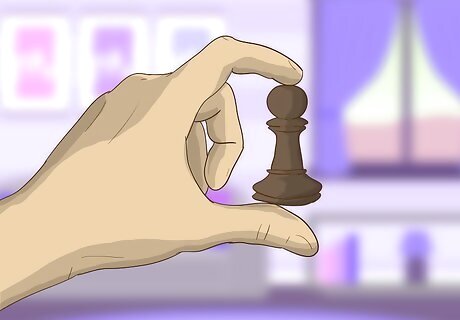
Execute endgame situations. The endgame is the final stage of the match when there are very few pieces on the board. Endgame situations are distinct from the strategies you would use early on or in the middle because there is so much more space to move. A strong game-long strategy that gives you an advantage can be undone if you don’t know how to protect yourself from clever endgame flanking maneuvers. Pawns become particularly important in the endgame stage as they can be promoted by reaching the backline. It’s often advantageous to maintain stalemates with your offensive pieces until you can promote your pawns. While it’s best to reserve your king near the backline during most of the game, as the board opens up, you’ll want to move it closer toward the middle to give it more maneuverability to get out of checks and support other pieces. The king’s ability to move in all 8 directions makes it much more valuable as an offensive piece as board opens up.
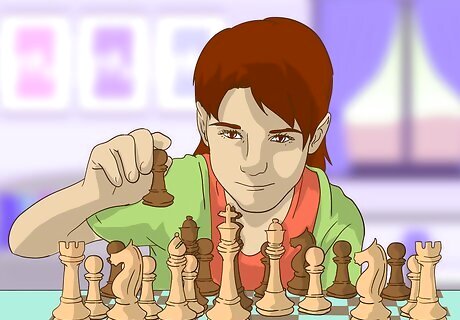
Practice often. Practice as often as possible. It’s best to play against other high-level players that understand advanced tactics and strategy so you will be challenged and can see how advanced players will react to your own strategies. Join a recreational chess club. Most club players have some advanced understanding of the game and are looking to improve their skills, making them ideal both as competition and as friends you can learn from. Use your preferred internet search engine to find groups in your area. Use a live site like Chess.com to play, which is free. As you win games, you will build your score and get matched against other advanced players. EXPERT TIP Vitaly Neimer Vitaly Neimer International Chess Master Vitaly Neimer is an International Chess Master and Certified Professional Chess Coach with over 15 years of training experience. He has been a part of the United States' Webster SPICE national chess champion team and is also a two-time Israeli national chess champion. Vitaly Neimer Vitaly Neimer International Chess Master The most important thing is consistency. I recommend having a private or group lesson once a week and playing as much as possible. To become a master in something, you have to spend 10,000 hours practicing it.
Achieving Grandmaster Status
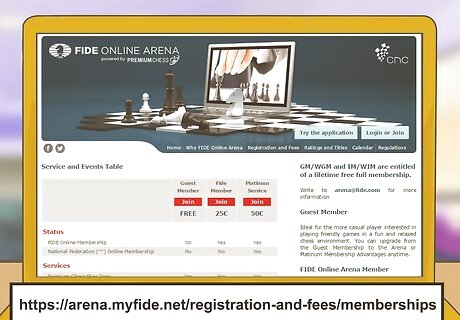
Get an FIDE membership. You will need to join the organization that grants Grandmaster status, the Fédération Internationale des Échecs (FIDE), also known as the World Chess Federation. There is no minimum experience requirement to become a member and you can join through their website. An FIDE membership costs €25 (roughly $27) per year. There is also a premium membership available for €50.
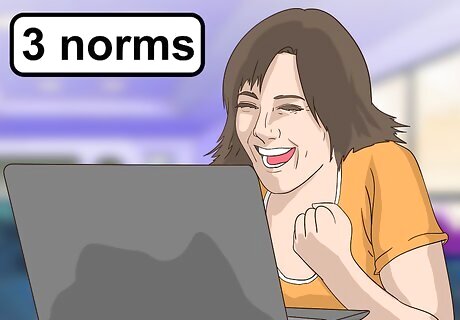
Score 3 norms at FIDE tournaments. You’ll need to attend FIDE registered tournaments to develop your rating. One of the requirements for a Grandmaster ranking is to get 3 high-level finishes at these tournaments, known as “norms.” Find an official list of qualifying tournaments. These tournaments often include fees that range from $40-200. A finishing rank needed to achieve a norm is defined by the size and quality of the tournament which is arbitrated by the FIDE. For example, a relatively large tournament might only require a quarterfinal placement to achieve a norm while a relatively small tournament might require you to win first place.
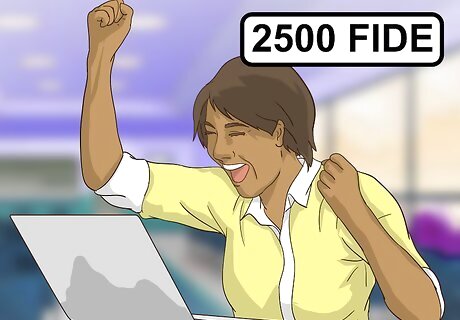
Reach a 2500 FIDE rating. Your FIDE rating develops as you compete in registered tournaments. Your rating is calculated based on your record, the rating of your opponents, and the quality of the tournament. You can track your rating by searching your membership ID or name on the FIDE website.















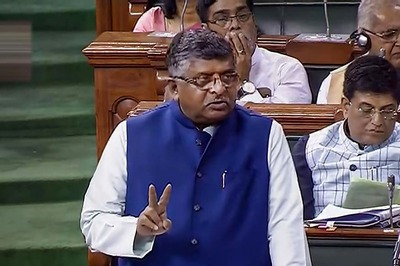

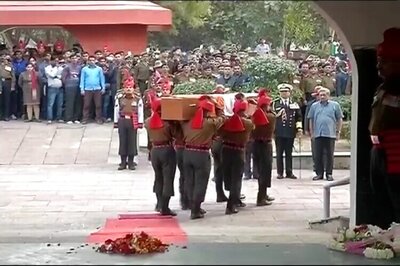
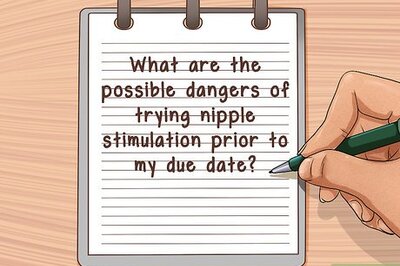
Comments
0 comment